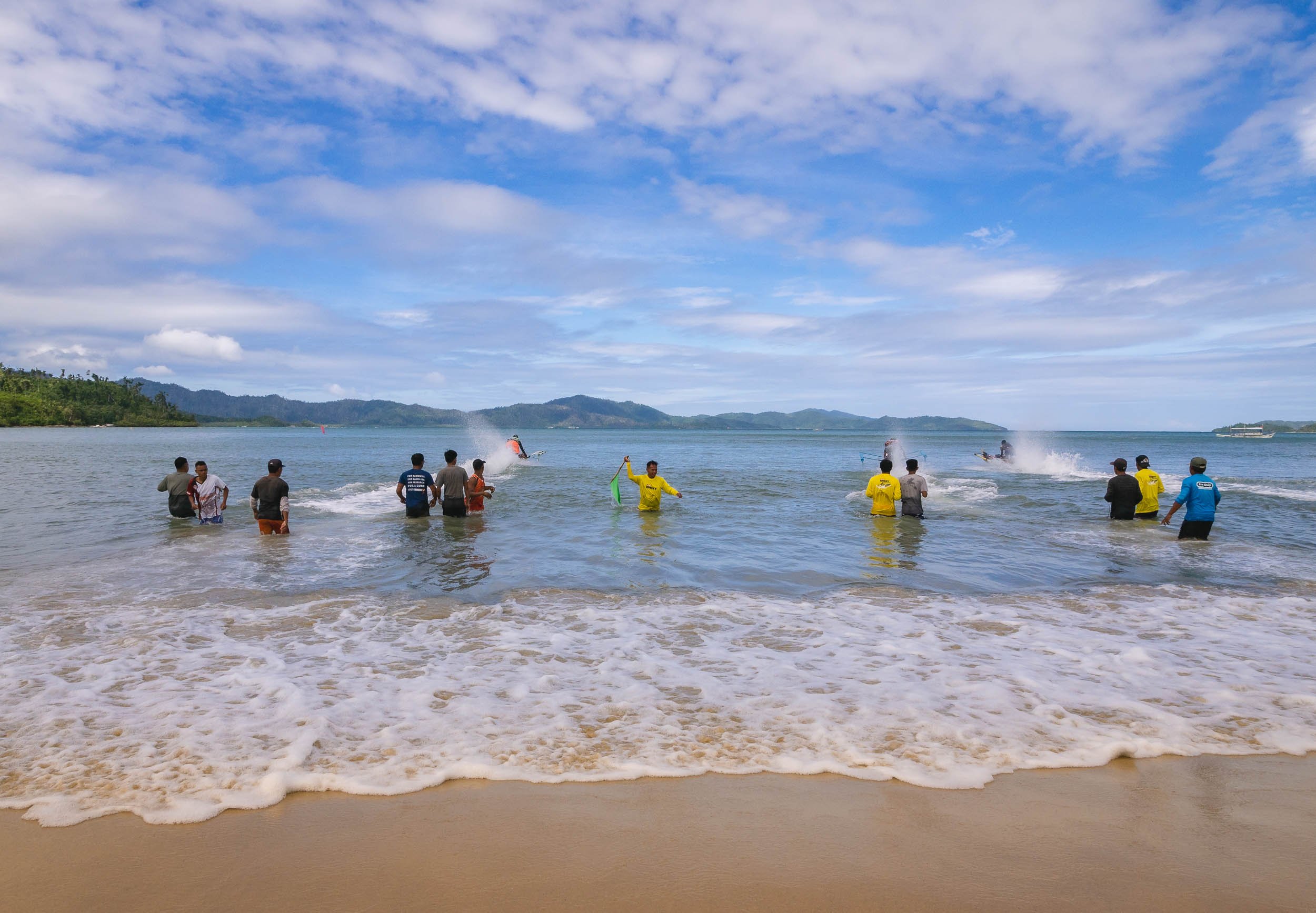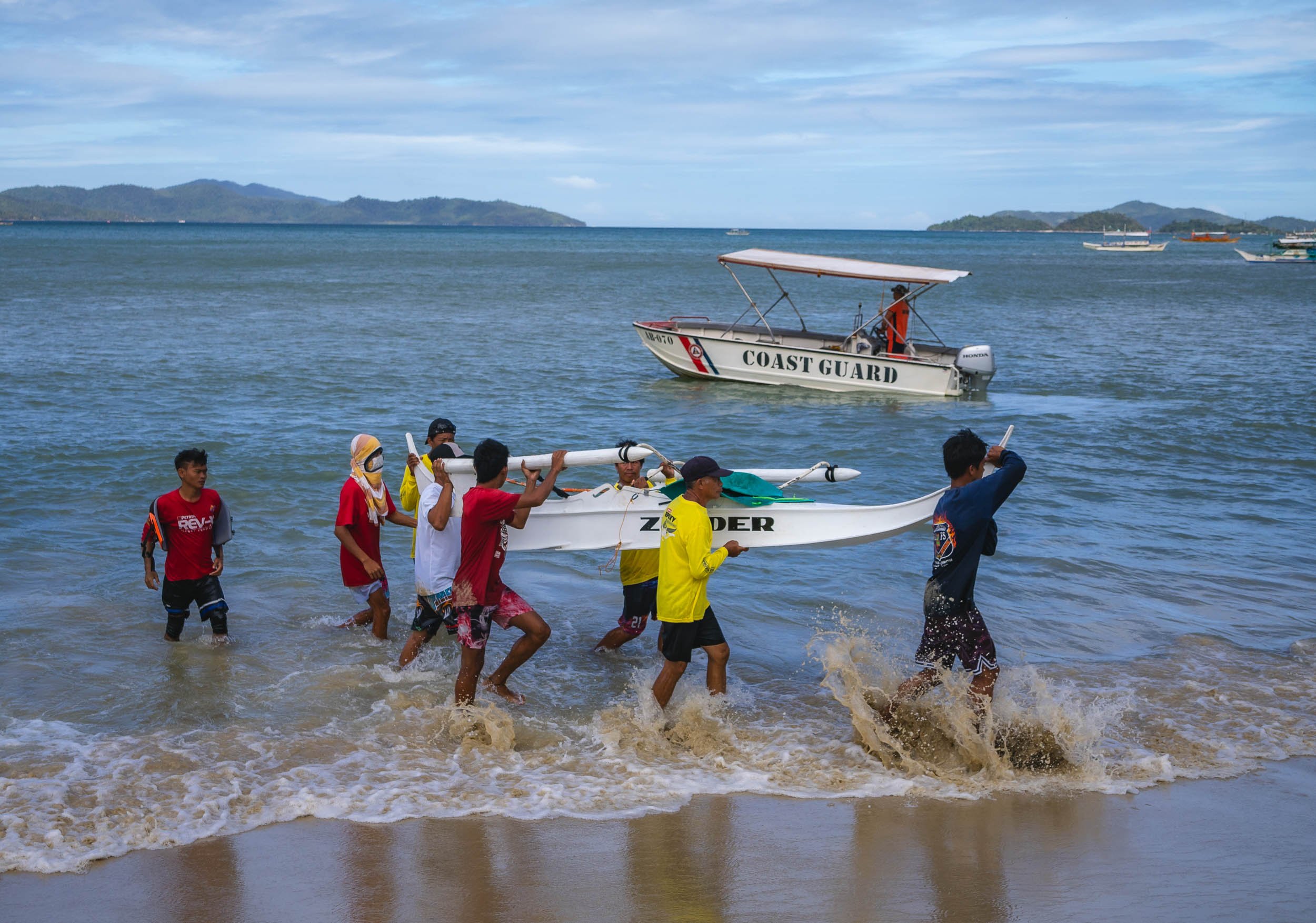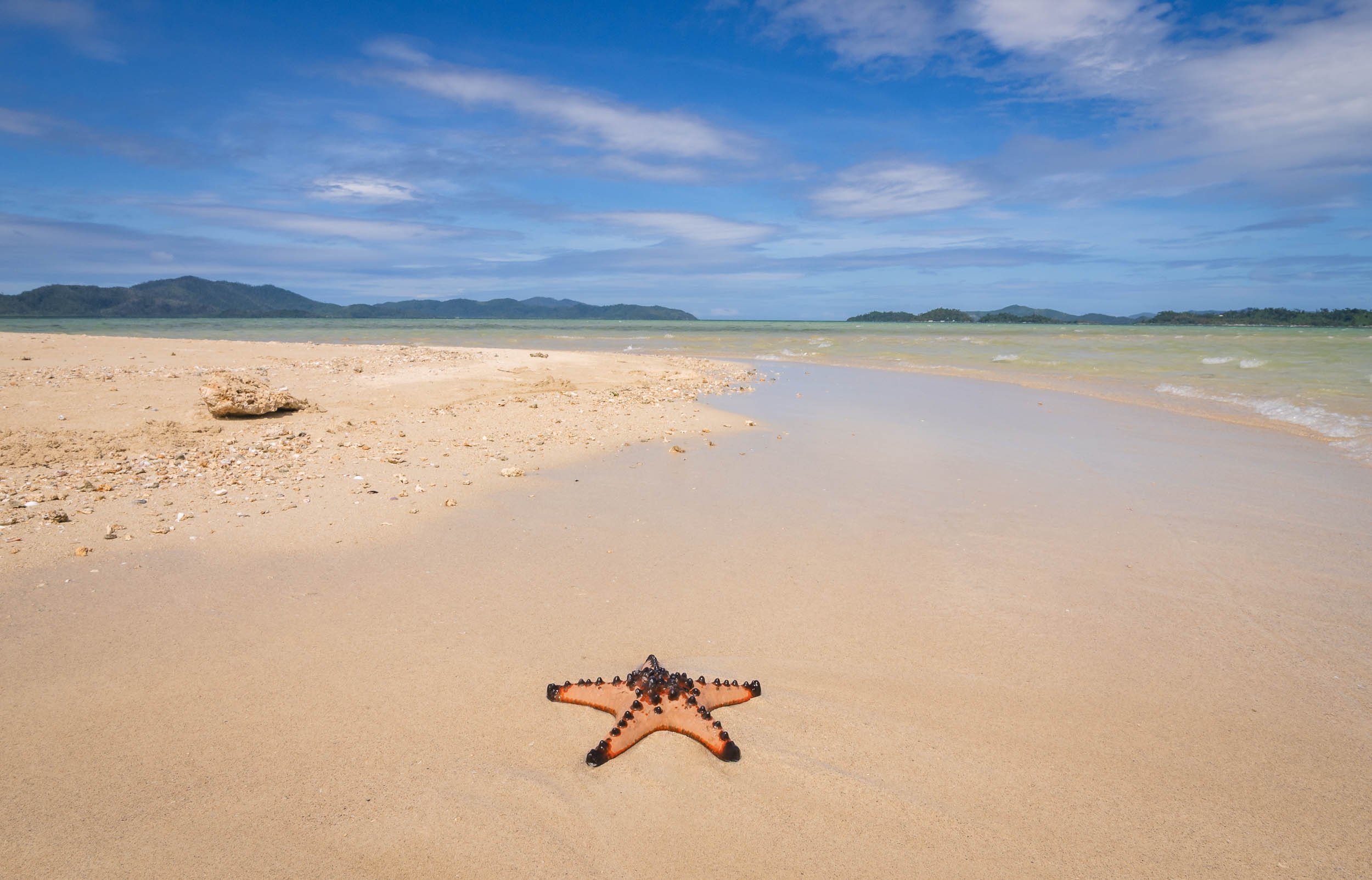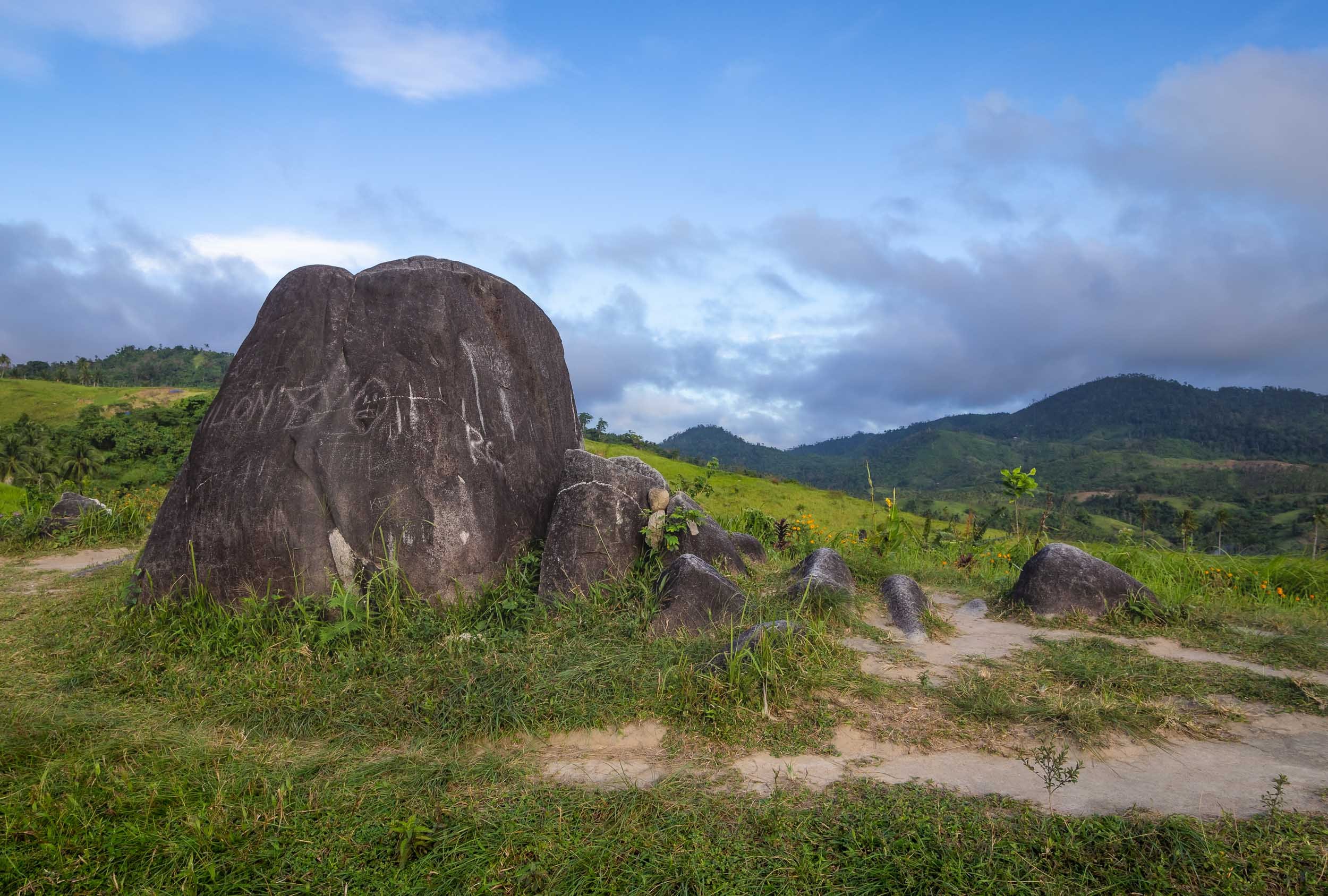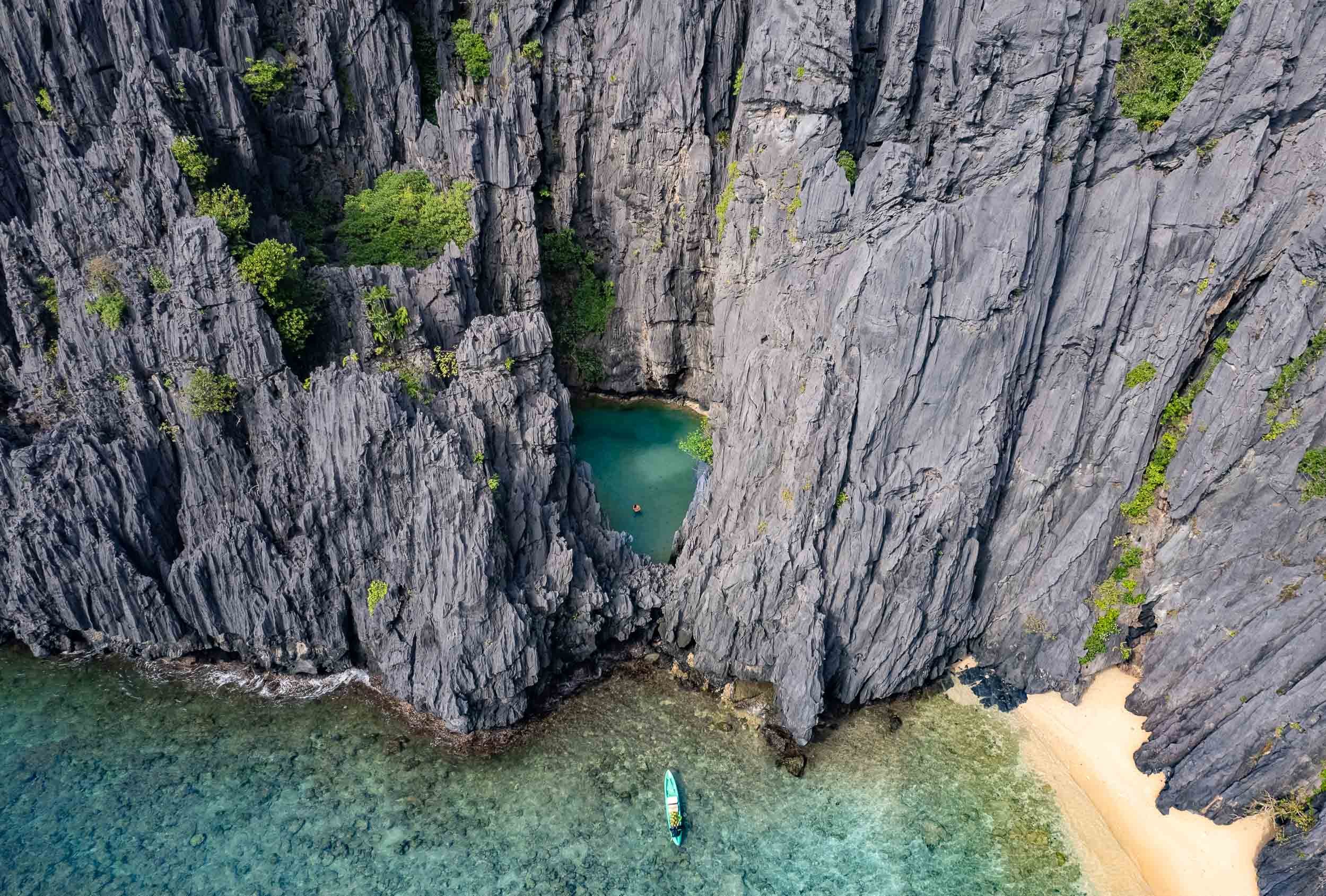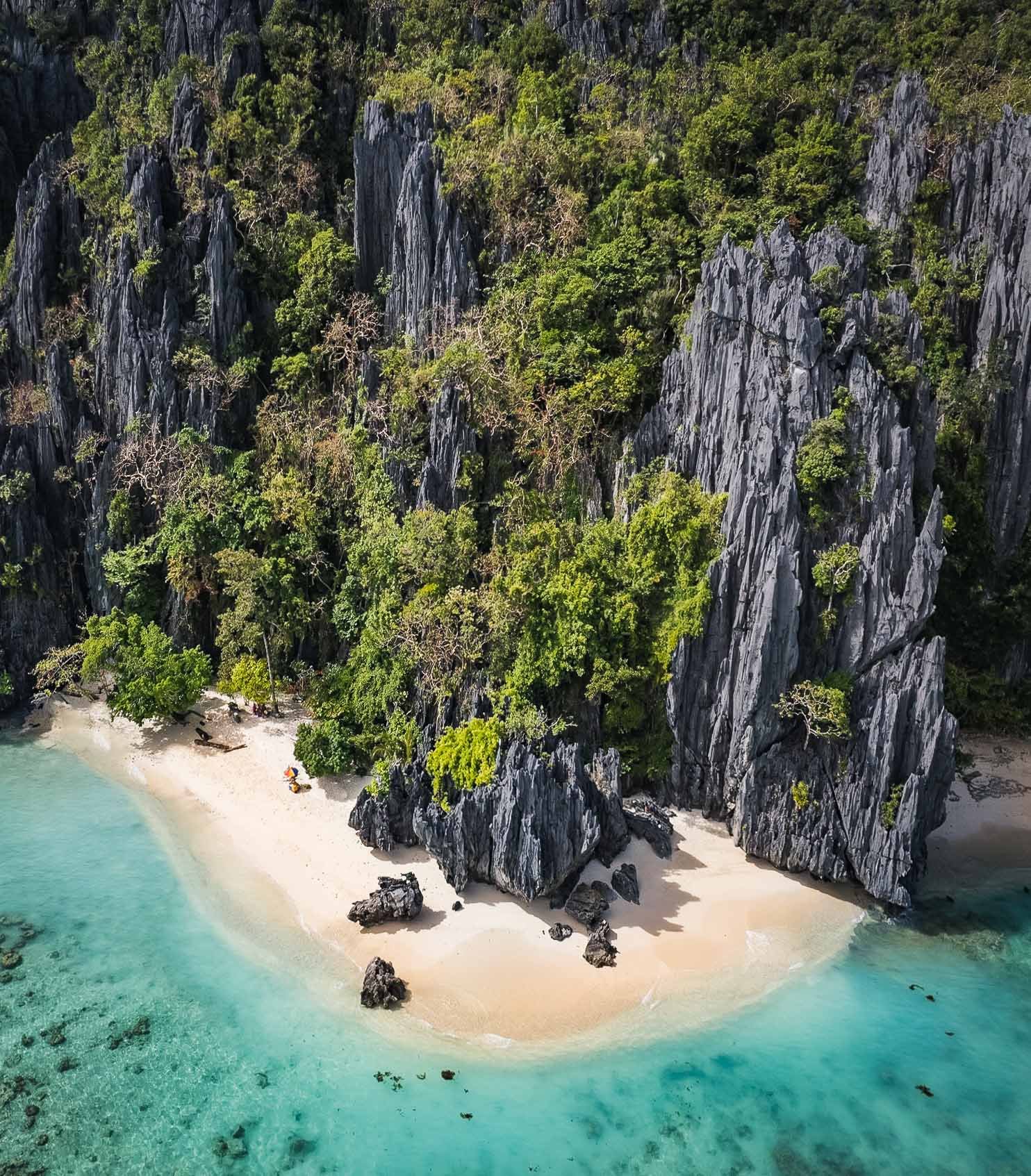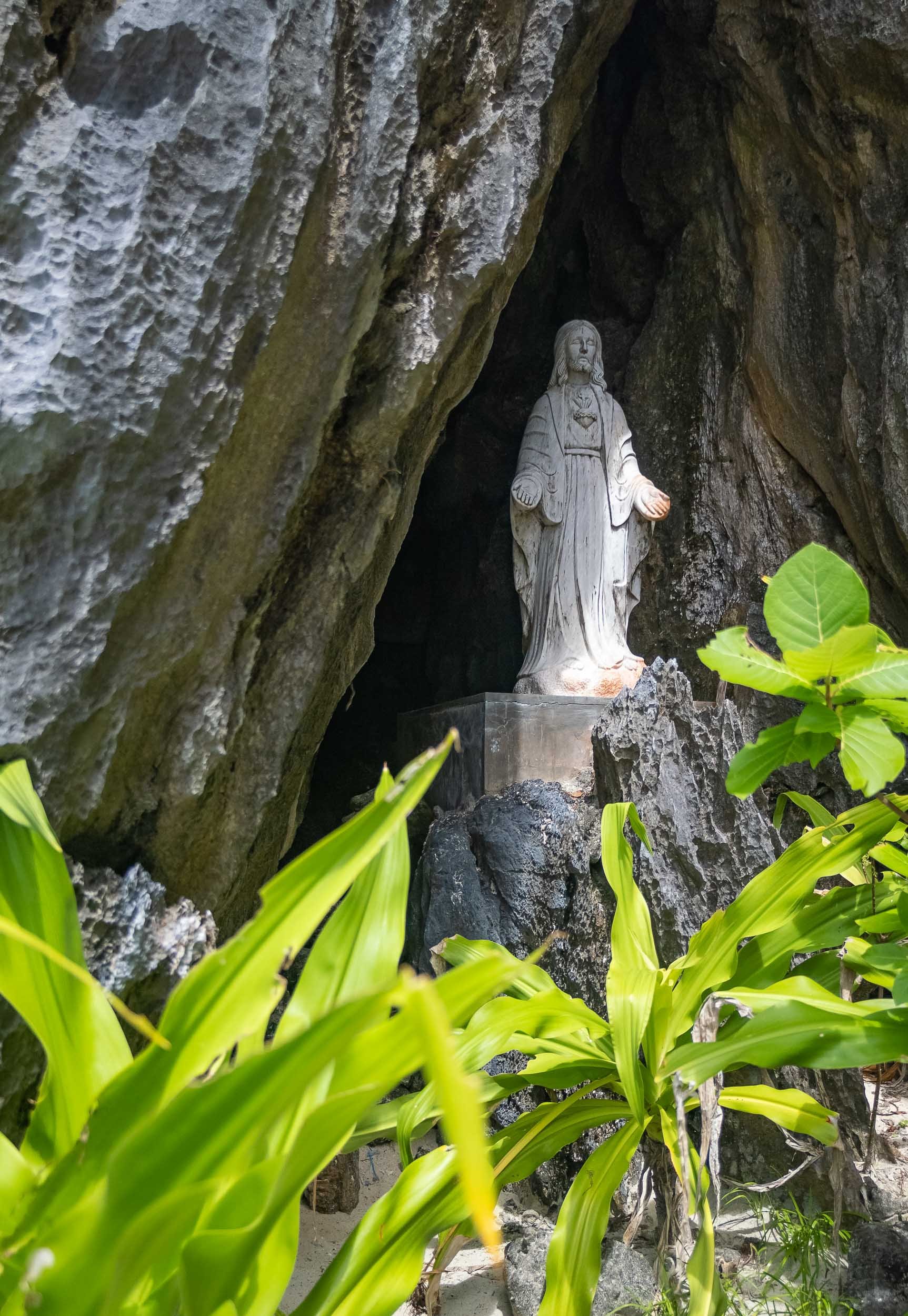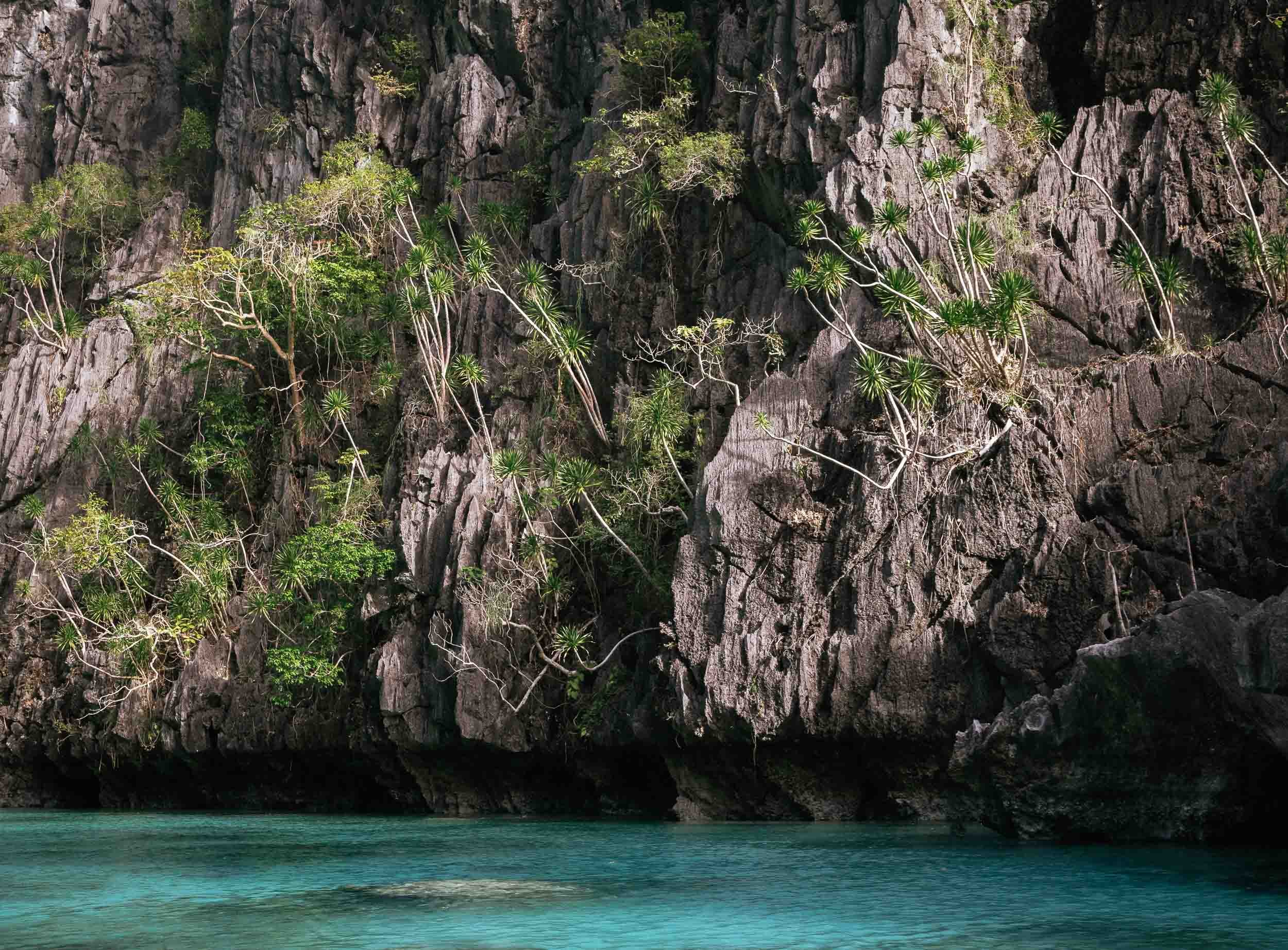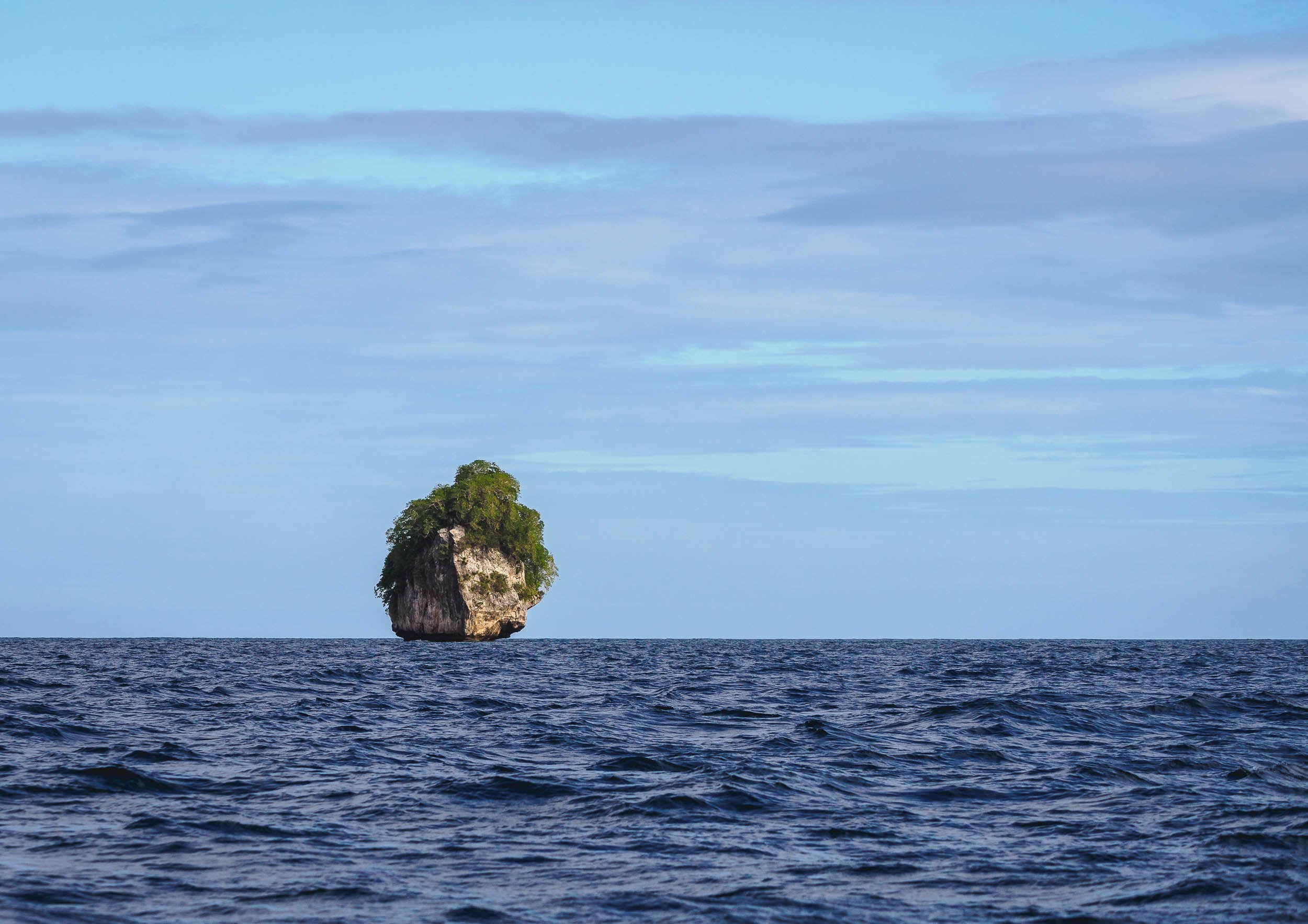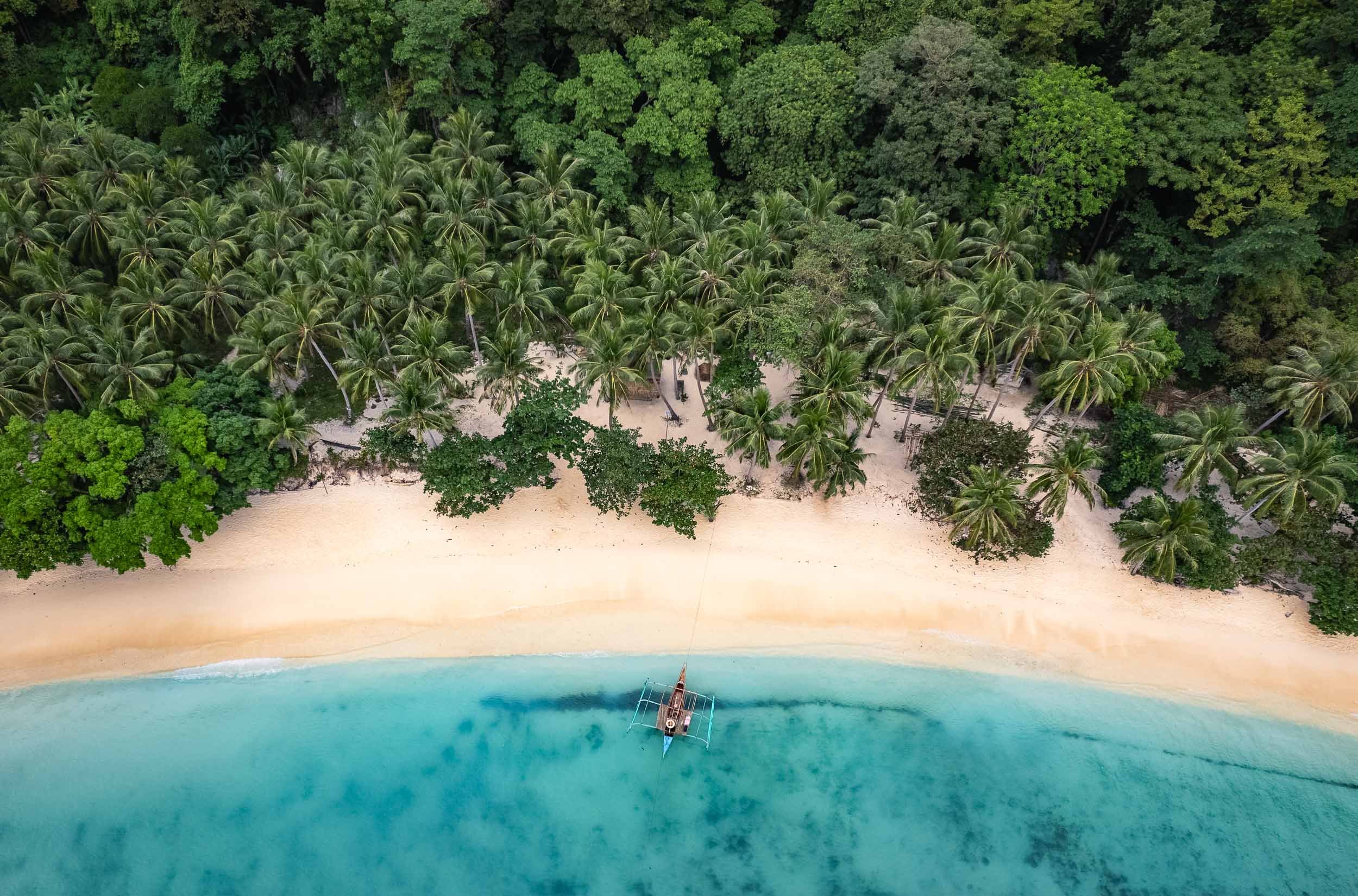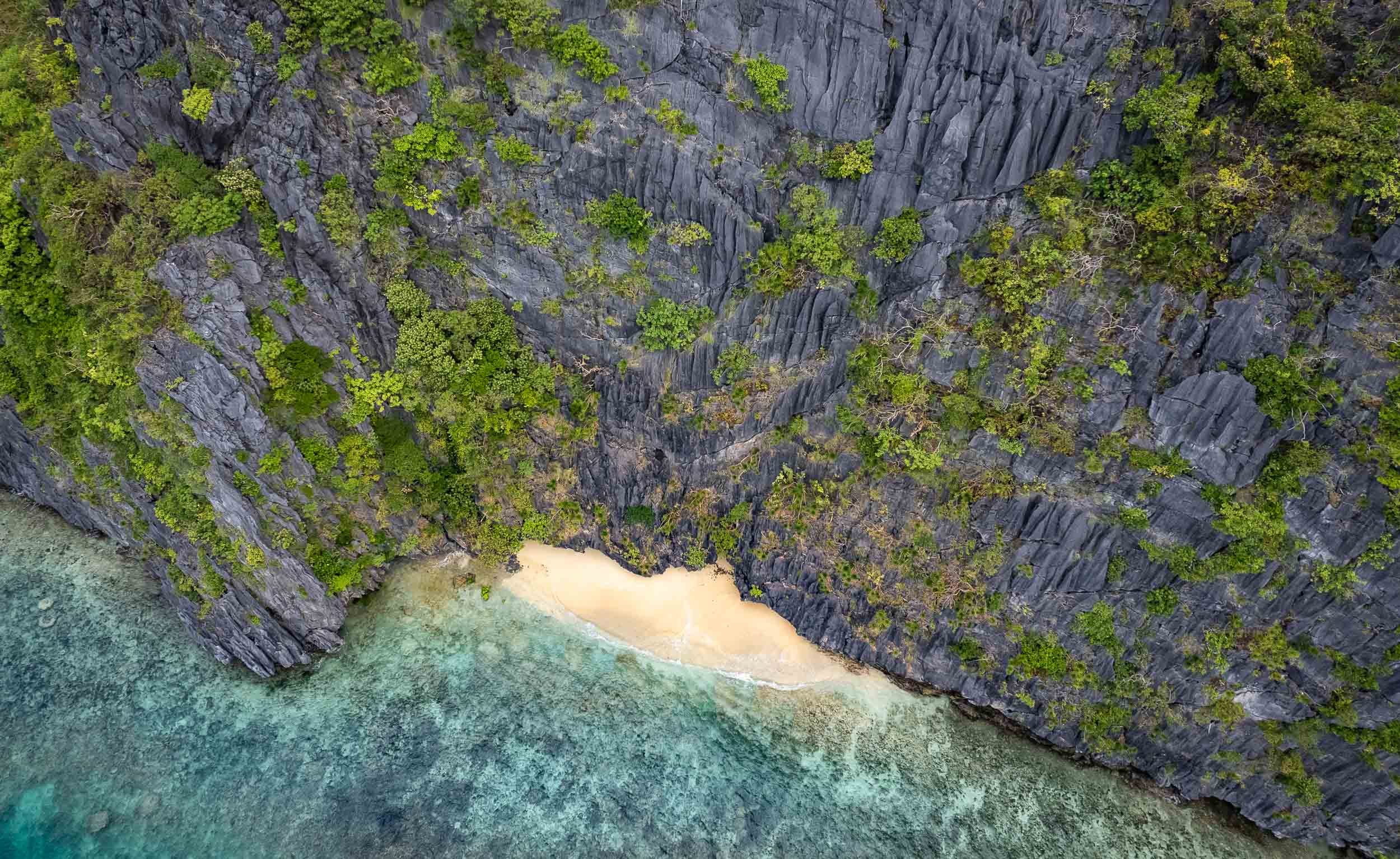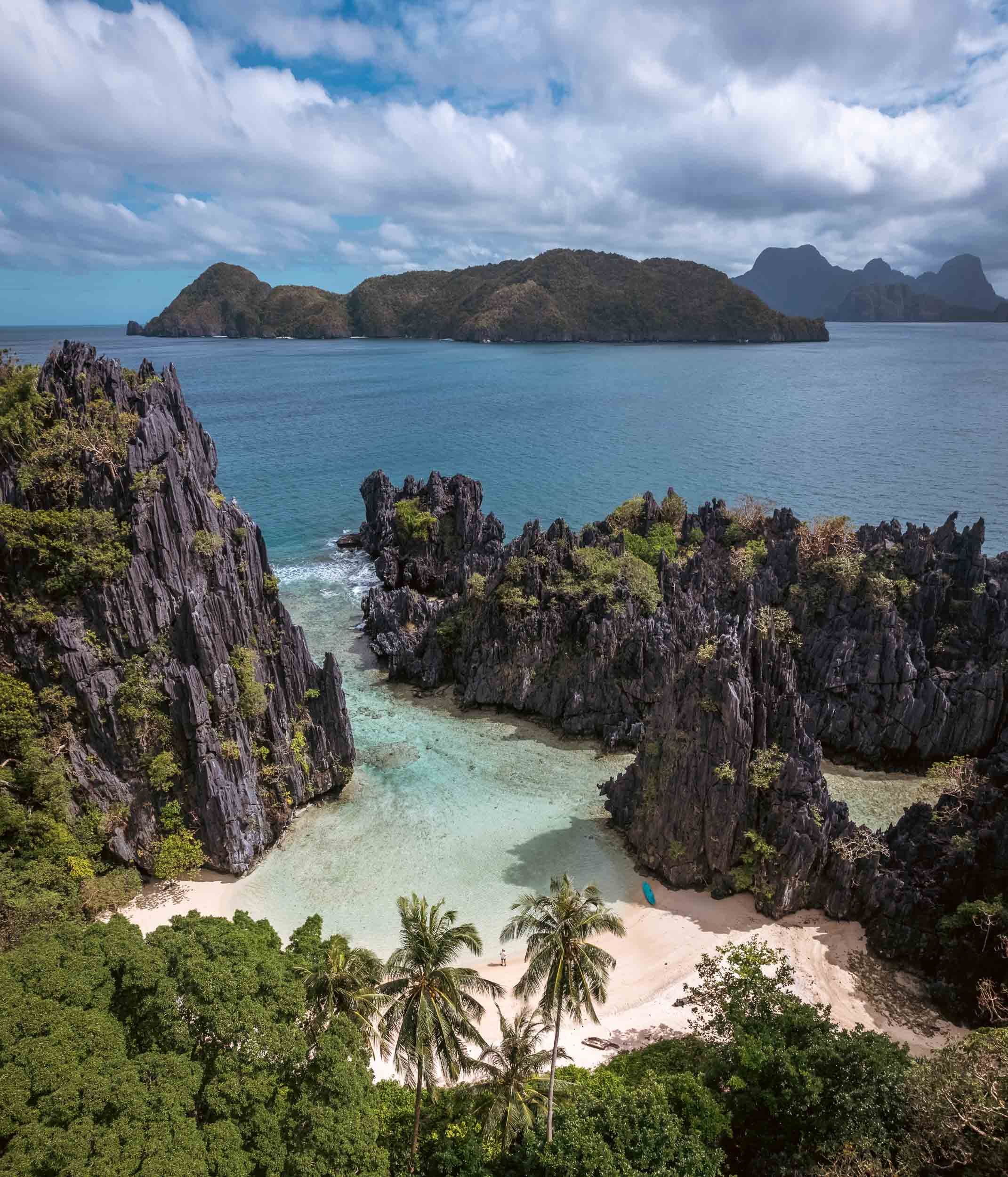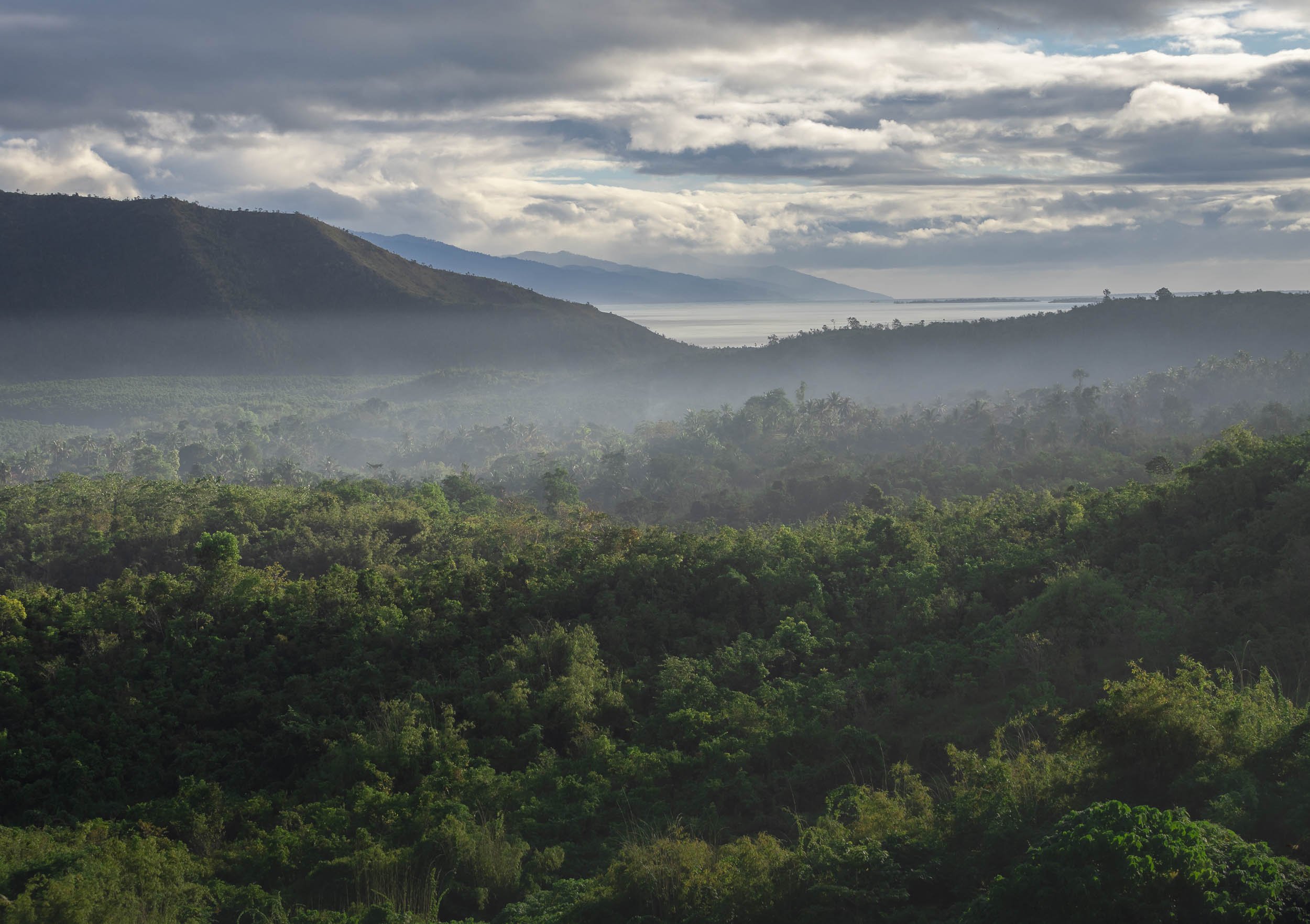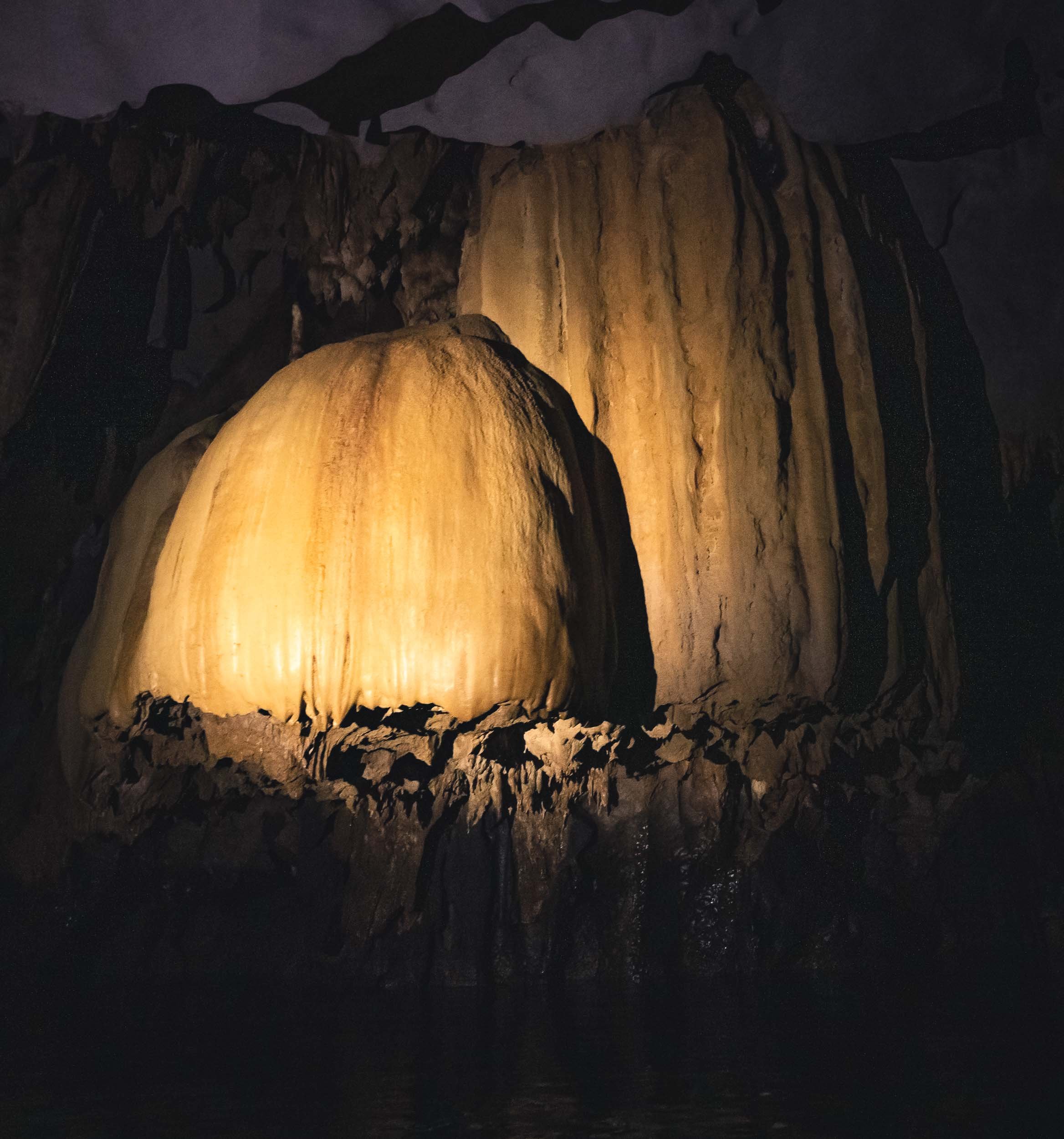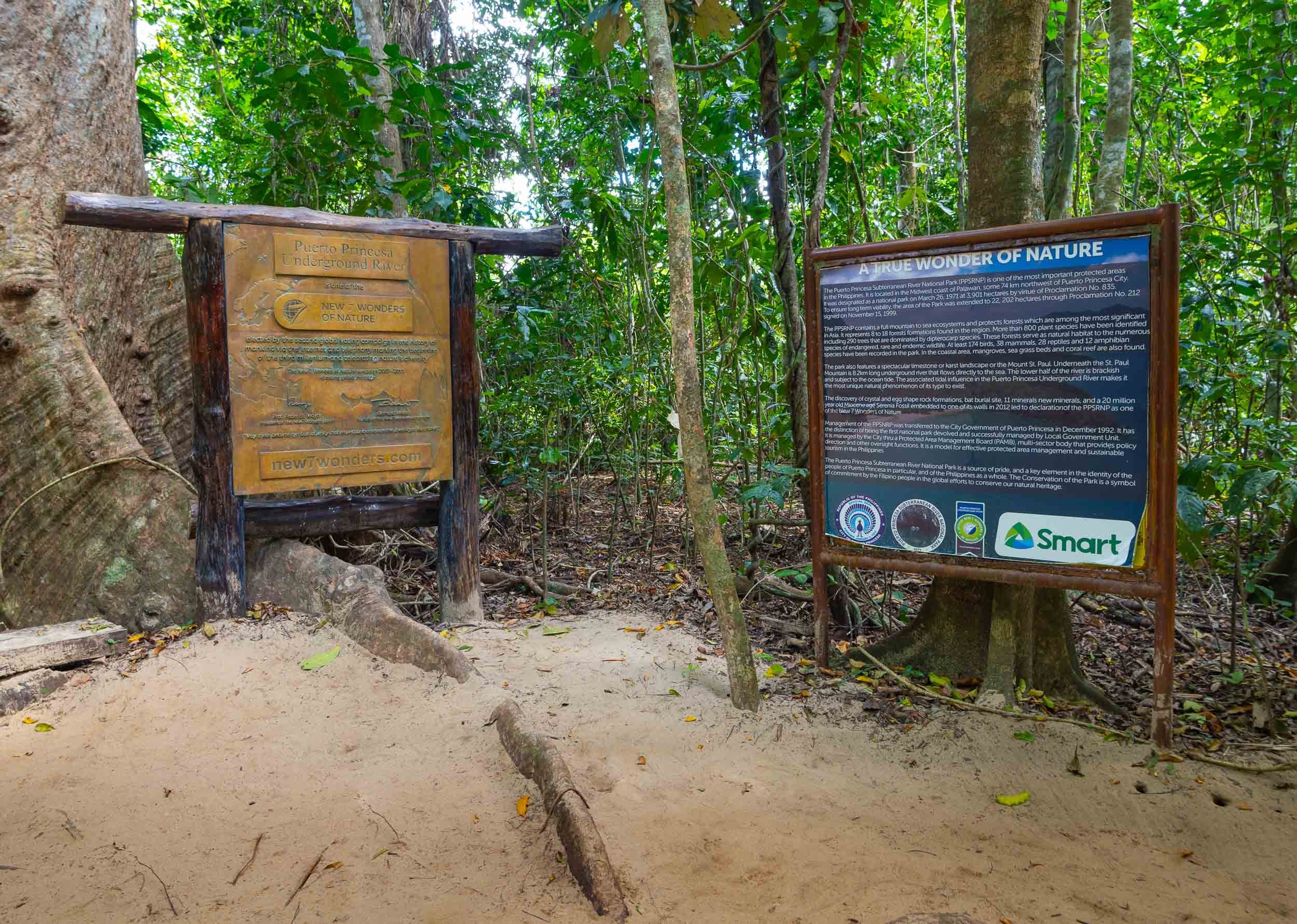Bohol - Happy Hills & Tiny Tarsiers
This less well known island of the Philippines is home to some of its more interesting unusual sights.
As part of my trip through the Philippines (see also my blog about Palawan), I didn’t really have Bohol and its surrounding areas on the list of regions to visit. It was only through a rather spontaneous decision to fly to Cebu and continue from there that this island appeared on my radar. And what a lucky decision it was, given that its landscapes turned out to be one of my favorite photographic sceneries. Although I stayed in Cebu city on the namesake island, I didn’t venture out beyond having some traditional Lechon - I was more interested in exploring the nearby fishing islands I had spotted during the descent from the plane, and visit its neighboring Bohol. Indeed, after an initial day trip, I returned to Bohol a second time for three days to explore more of what it has to offer.
The Chocolate Hills
The primary reason I did so were these hills - and their name only played a small part, I promise. This landscape is geological formation consisting of over 1200 hills spread over an area of more than 50 square kilometers made of limestone covered in grass, which turns brown in the dry season, giving them their cocoa-related appearance (and name).
Cloudy Days
My visit in January didn’t quite coincide with the height of the brown dry season, and the first day was a wet affair, as the rainless period was just about to start around this time of the year. As a result, low clouds hovered around the hills, which were characterized by a mixed brown and green tone.
The hills vary in height, with the tallest reaching about 120 meters - most of them are literally impossible to climb due to the very thick vegetation and wet steep surface (trust me, I tried), but a couple have been set up with stairs for visitors to enjoy the views.
The reason I came back for the second time was to explore more of the rather large island, and the huge area covered with the whimsical hills during better weather conditions. My drone had to fly overtime during these few days.
Aside from flying, walking through the area on foot was also very enjoyable, with local farms dotted in between the mounds.
The hills have been subject of a few local legends, with popular stories suggesting that the hills are the result of a battle between two giants who hurled boulders at each other over the flat landscape, or the solidified tears of a heartbroken giant who wept over the loss of his beloved.
Science tells the story a little differently. The hills were formed through the weathering of marine limestone, originated from coral reefs when the area was submerged under the sea over 2 million years ago.
Tales of the Tarsier
Bohol is also one of the few islands home to the Philippine Tarsier, endemic to the southeastern part of the archipelago. It is a threatened species, and several organizations operate sanctuaries on the island. I visited two of them - the Philippines Tarsier Sanctuary, and the Bohol Tarsier Conservation Area. In the end, they are both tourist destinations and it shows to some extent, but the former is run by the Philippine Tarsier Foundation and felt like a much more pleasant and natural experience, I’d recommend it.
Either is better than seeing and supporting places that cage them or make them cling on a stick in a market.
Tarsiers suffer from loss of habitat and pet trade, as they don’t do well in captivity - their lifespan shortens drastically.
Their eyes are disproportionately sized with the largest eye-to-body weight ratio of all mammals. They are fixed in its skull and cannot move in their sockets, instead the tarsier rotates its head up to 180° to look around.
Tarsiers are shy and nocturnal and spend their days hiding in darker areas under leaves or hollows of tree trunks. Indigenous tribes leave the Philippine tarsiers in the wild because they fear that these animals could bring bad luck - maybe humans should consider this as well and let them chill, like the one on the left here.
There are a few more interesting sights to be found around Bohol, such as its themed public transport buses, and the ship-shaped restaurant. It is also home to a number of beautiful caves - I visited the small Hinagdanan Cave on neighboring Panglao island, where you are even allowed to go for a swim. River cruises and the Bamboo forests are other popular sights.
The Cebu Strait
The Cebu Strait with its channels is home to a number of islands and their fishing villages, which I had initially discovered during the approach to Mactan-Cebu airport. Can’t resist a nice aerial photo of interesting human settlements, so I rented a small boat one early morning with an itinerary based on promising Apple Maps screenshots...
Cuaming Island
This interestingly shaped island includes a small cemetery on the very tip to the right of the image.
Pandanon Island
Pandaon island is home to a small sandbank used for drying the daily catch. Its market house on the small harbour was heavily damaged during Super Typhoon Odette in December 2021.
Nasingin Island
My favorite of the villages here was Nasingin island in the municipality of Getafe, owing to its unique shape and position south of a mangrove forest, planted as part of the National Greening Program since 2013.
Because it essentially doesn’t have any actual land as part of its boundaries - just 0.04 km2 - it is one of the most densely populated towns in the world, given that it is home to over 2000 people.
Need Wi-Fi? Buy a voucher at this vending machines - but the kids were happy nonetheless!
And that’s it for this blog, but more of the Philippines to come from Manila and Siargao…
Subscribe to my newsletter to get notified and don’t miss out on more Wonders of the Globe.
Other Recent Posts:
Palawan - Gem of the Philippines
Earlier this year I spent a few weeks in the Philippines, exploring Manila, Siargao, Cebu, Bohol, and what was once voted the most beautiful island in the world: Palawan.
Earlier this year I spent a few weeks in the Philippines, exploring Manila, Siargao, Cebu, Bohol, and what was once voted the most beautiful island in the world: Palawan. This large island is home to around 1m people and lies on the very western border of the country.
Start with this short clip for an overview of some of the amazing spots around Palawan!
On the way to El Nido
I arrived from Cebu, landing at the airport of Puerta Princesa, which is also the capital and largest city on the island. The plan was to go north towards El Nido, the most well-known area. On the way, a visit to the island’s famous underground river was on the cards - which was cancelled by the coast guard due to high waves. This is not uncommon, keep it in mind and allow enough time to try again - which I managed to do, more on that later. Instead, we stopped in Barton Bay, on the western coast, for a small boat excursion, and got to witness an interesting local event: Racing homemade speed boats.
Port Barton is also home to a small sandbank that frequently sees starfish washed on shore, making for some picturesque scenes, especially if - like me - you’re patient enough to await the right moment with no boats and people around.
Island of Doom
The bay also has a few beautiful islands - one of which became the doom of my drone, which ended up with a low battery in the sea, as the heavy westerly winds didn't allow it to come back in time... Luckily my amazing tour company - more on that later - helped me get a rental for the rest of the trip. Palawan really needs to be seen from the air.
El Nido & The North
Some of the most beautiful land- and seascapes are in the northern parts of the main island, around El Nido. Having researched this area a bit, I knew that most of the very touristy trips follow standard routes, and you can pick A, B, C, or D. Obviously not what I wanted, because that means everyone going to the same places at roughly the same times, and those tours of course also start once people crawl out of their beds rather than at sunrise when the conditions are best and things quiet. So in my usual quest for something a bit more interesting I found a tour company priding themselves in organizing custom trips: Palaweña.
Palawan's landscape is famous for the almost 1800 islands scattered along the coast of the 450km long main island.
The private custom tours paid off (and were super well organized), because we reached many of the best spots around Bacuit Bay, such as the Big Lagoon and its beaches pictured above, before any other boats.
Shimizu Island
Another of the beautiful limestone cliff islands with their white sandy beaches. Who wouldn't want to set up their umbrella here?
Matinloc Island
A bit further north-west you’ll find a curious man-made spot: An abandoned shrine, built in 1982 between the cliffs and the beach alongside a small villa, and now mainly used for lunch stops and apparently a yearly pilgrimage by the locals.
The scale of the limestone formations here is truly amazing, spot the kayak in the second shot!
Different
Geologically speaking, Palawan is very different from the rest of the country, as its rocky island landscape originated from the Eurasian plate, forming this spectacular karst terrain that isn’t found elsewhere in the Philippines.
Another place I was able to enjoy by myself was the Hidden Beach (again part of the creative naming scheme...) on the east side of Matinloc island.
Sunset over Bacuit Bay
El Nido had one signature sunset in store, despite the largely cloudy conditions during my stay. I used it to capture this fisherman returning from the sea in his Bangka.
Waxing Moon
Our celestial companion rising on a clearer evening.
Going Underground
I spent the last day going back to Puerta Princesa for my onward flight, and started very early in El Nido for another attempt to reach and tour the subterranean river. This UNESCO World Heritage Site was once said to be the world’s longest underground river - there seem to be different definitions of this record though.
The inside of the cave river becomes completely dark once you go a few hundred meters beyond the entrance, with only the light of the boat captain shining onto the amazing limestone formations. It’s over 8km long, although only the first few kilometers are navigable by boat. The cave network itself reaches even further at 24km length.
Palawan is home to a few special places, and the underground river as well as the limestone cliffs and their hidden beaches and lagoons are truly special. While it can be very touristy, and El Nido town definitely wasn’t my favorite, there are ways to make it a more enjoyable experience, and I can definitely recommend Palaweña to achieve that, one of the best operators I’ve worked with anywhere. Is it my favorite place in the Philippines? I think not, but more on that in another blog entry - subscribe here if you don’t want to miss it.








































